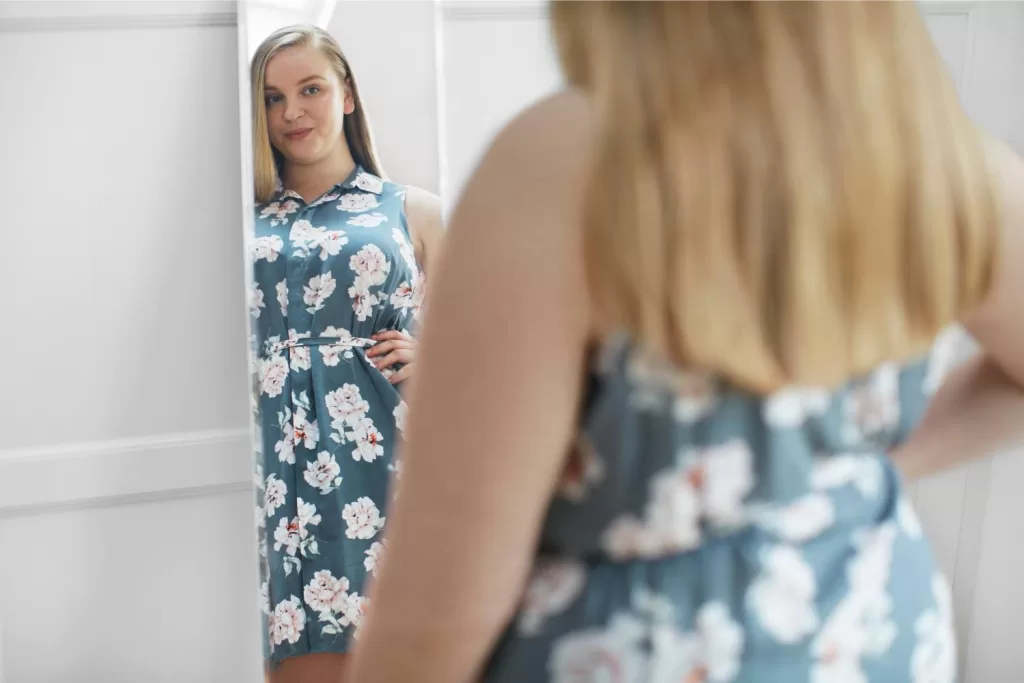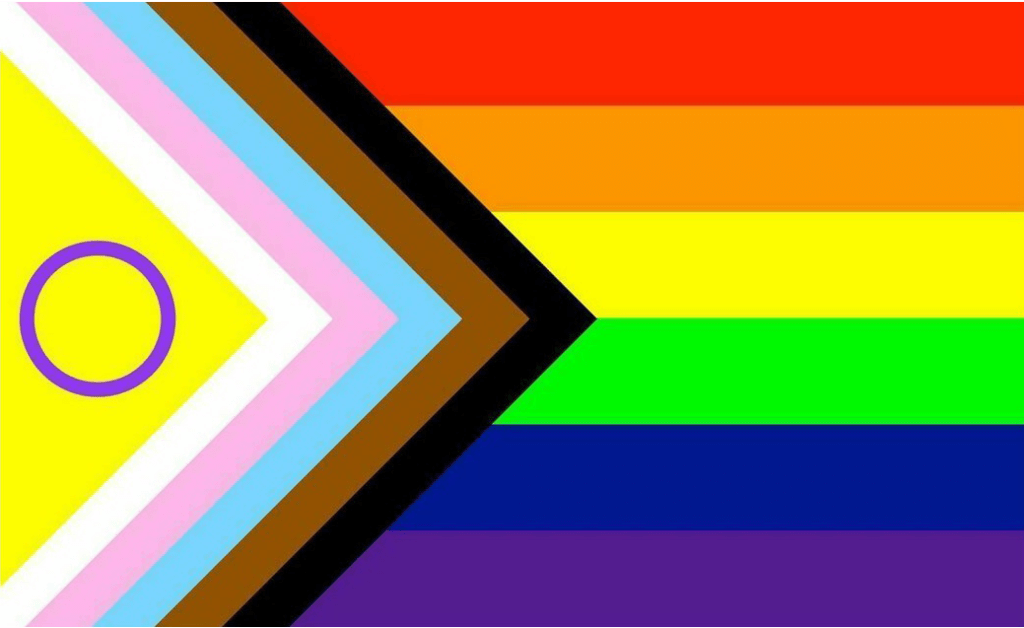How to improve body image during Eating Disorder recovery
Starting your journey to recover from an eating disorder is incredibly courageous and transformative. Along the way, you may encounter various challenges, including coming to terms with changes in your body as you progress. These changes can sometimes stir up difficult emotions like shame, guilt, and self-criticism, making it tempting to fall back into old habits. Body image is already a difficult topic for most people, but how to improve body image durring Eating disorder recovery can be especially challenging. Although changes in body image can feel scary, we want to learn to tolerate these changes and move towards a better relationship with our body.
It’s important to recognize that feeling emotions about body changes during recovery is normal and valid. It’s okay to experience sadness, grief, or even anger. However, it’s crucial to learn healthy ways to cope with these feelings so that you can fully commit to recovery from your eating disorder and embracing acceptance of your recovered body. Remember, these potential physical changes signify progress in your recovery journey, as you challenge “fear foods” and implement new coping strategies.
You might be asking, how can I truly accept and embrace these changes in my body? Let’s explore some effective strategies to learn to improve body image together! First thing to remember, is much like recovery, your relationship with your body is not linear and will take time. You might first work on tolerating changes with your body before you can get to a place of acceptance rather than embracing changes. And it’s ok if right now just tolerating changes is what you are able to do.
5 Body Image Tips
Remember Why You Started
As we’ve mentioned before, it’s totally okay to have mixed feelings about the changes your body goes through during recovery. But if you start missing your old body, think back to why you decided to start this journey in the first place. Maybe it was to feel more connected with others, to enjoy food without fear, to improve your mental well-being, or to live life more freely and fully. Keep those reasons in mind as you move forward!
Ditch Diet Culture
Learning how to improve body image is made even harder with the influence of diet culture, making us feel like we need to go on diets to “fix” our bodies, suggesting that how we currently look isn’t good enough. This kind of thinking can create unrealistic expectations for our bodies. It can also make us feel stressed and anxious when our bodies change. To counter this, consider letting go of things that promote these ideas, like certain books, social media accounts, or TV shows. Remember, our bodies naturally change based on so many different factors and as we go through different stages of life. It’s all part of being human!
Connecting with Our Body
When we work on connecting with our body, you can process with your therapist what comes up for you, and work through it rather than avoid your body. Part of this process can be adding in Joyful movement. Joyful movement is a different way to think about physical activity. It’s not about counting calories or hitting specific goals; it’s about enjoying the experience and connecting with your body, whether you’re dancing, walking in nature, or playing a game with friends. Moving your body in a way that brings you joy can boost your mood. It’s also a way to de-stress and celebrate the amazing things your body can do!
Utilize Coping Mechanisms
While it’s a natural part of the journey, the emotions that come with body changes can feel overwhelming at times. To cope effectively, you can try grounding techniques like deep breathing, mindfulness exercises, or engaging in activities that bring you joy and relaxation. These strategies can help you stay present and centered, allowing you to navigate the changes with more ease and self-compassion. You can work with your therapist on the scoping skills that work best in your specific situation, these might need to change and adapt depending on your comfort level of staying connected to your body. Remember, it’s a journey, and it’s okay to take it one step at a time.
If you’re interested in learning more about different coping mechanisms, we suggest checking out this blog: Nurturing a Positive Body Image through Coping Skills
Practice Self-Compassion
Give yourself some love and understanding. ED recovery is difficule and so is learning how to improve your body image while in recovery. This journey can bring changes not just in how you feel and think but also in how you look. It’s okay to miss your old body, but you can still show kindness, care, and nourishment to the body you have now. You don’t have to adore your body to treat it well. Wearing clothes that make you feel good and relying on your support system for extra love and encouragement can make a big difference!



